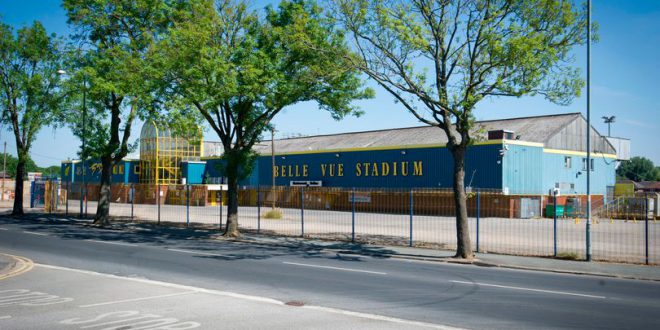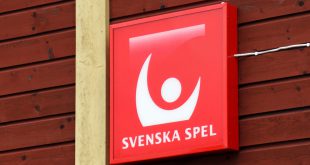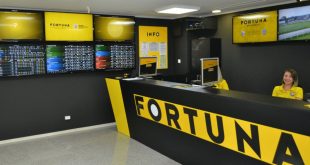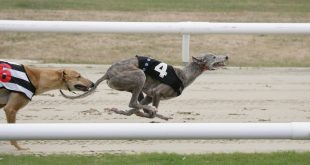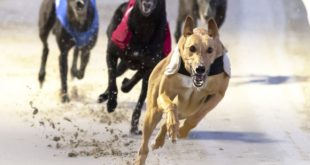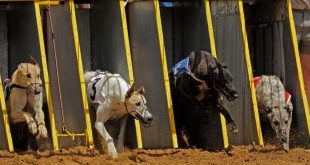The future of Manchester’s Belle Vue Greyhound Stadium is to be decided today, which could see the track demolished and the site redeveloped to build 247 houses.
The proposals made by Countryside Properties were recommended for approval by the local officer at Manchester’s Planning and Highways Committee earlier this week after a consultation report highlighted the track’s decline in revenues and footfall in recent years.
Mark Bird, Managing Director of the Greyhound Board of Great Britain (GBGB), explained that the closure of the UK’s first purpose-built greyhound racing track would be a ‘massive loss for the sport’.
He said: “It’s the only track in the North West of the country, the nearest tracks to that in the North West would possible Sheffield or even Shawfield in Scotland. The loss of a track in a big area such as that would be a massive loss for the sport, and also for the wider communities of people in and around Manchester and Liverpool too.”
While the track’s future hangs in the balance, an online petition by the Save Belle Vue Stadium Action Group has continued to gain traction, having received circa 13,000 signatures in favour of saving the track.
The report submitted to the Planning Committee ahead of today’s meeting revealed: “A detailed assessment has been made in respect of the harmful aspects of the material considerations in this case, mainly the loss of the existing local non-statutory heritage site, the loss of employment opportunities at the existing site and the potential highway impacts from additional congestion created by the proposed residential development.
“However, on balance, this level of harm is considered to be outweighed by the benefits the proposed development would bring, in relation to the provision of good quality affordable residential accommodation, an improvement to the overall appearance of the site, the betterment to the ecological value of the site, and the reduction in the noise currently generated by the existing uses to the benefit of existing residents living around the site.
“Therefore, although it is acknowledged that the proposed development would result in some harm, this harm does not outweigh the overall benefits of the proposals and the determination of the planning application in accordance with the up-to-date Development Plan.”
Bird pointed out that in order to continue engaging with the local communities, and to reverse the decline in footfall, greyhound racing as a sport must reconsider the way that media rights deals are structured and shift the focus towards the entertainment side of racing.
He continued: “Because of the way that media rights around greyhound racing have fashioned themselves over the last couple of years, there is less footfall across all of the tracks in the UK. So there are 21 tracks in England and Scotland, and it is something that we as the regulator of the sport are looking at in terms of how we can get more footfall into stadiums.
“While most of the stadiums have things like restaurants, but it’s trying to draw that younger generation to the tracks and to get them enthused about the sport which is one of the biggest challenges. That is what we hope to achieve in the next couple of years.”
Bird emphasised the social nature of the sport: “Most dog racing in the evening is between 6:30 and 10:30, and it is as much about the social aspects of going to the racing as it is about the actual races. If you are going to go dog racing, you’re more than likely going to take your friends and family with you, and the races form a part of that social event.
“For us, it is then about making racing more attractive to a younger subset of people – part of that is making dog racing a form of entertainment, it’s what the dogs want to do, and importantly that the dogs are being looked after due to our high welfare standards. It’s also making racing about the experience that you have while at the track as well. Of all the tracks, Belle Vue draws a huge audience on a Saturday night and always has done.
“When most people go dog racing, they will at least back one dog, but really it’s about making the dogs the star of the show. If you can make the dogs into the ‘superstars’, people will get behind that.”
